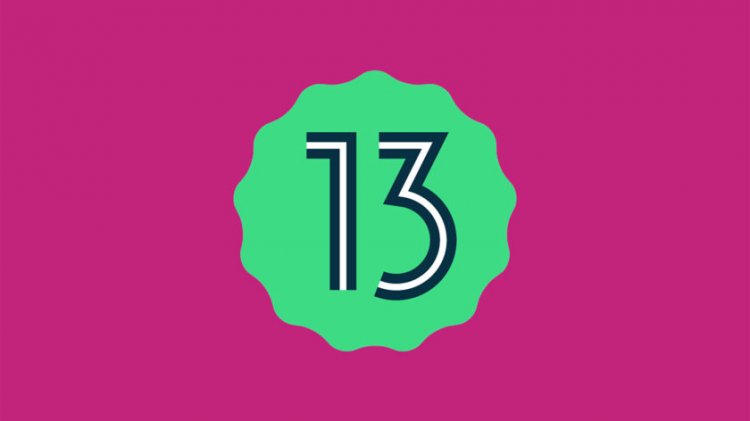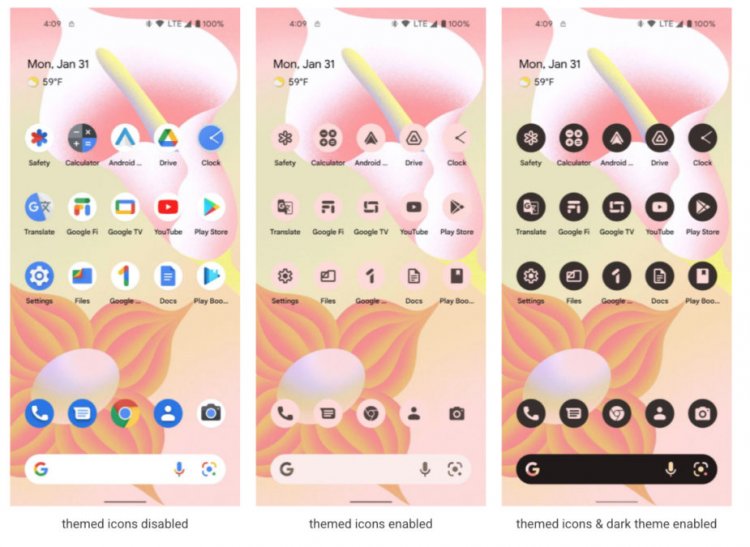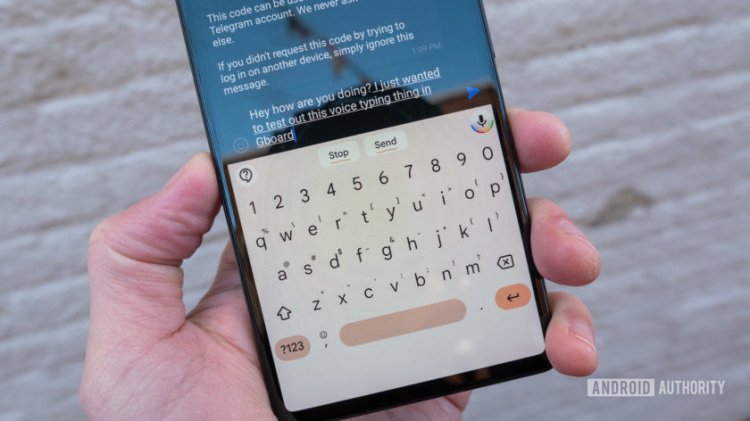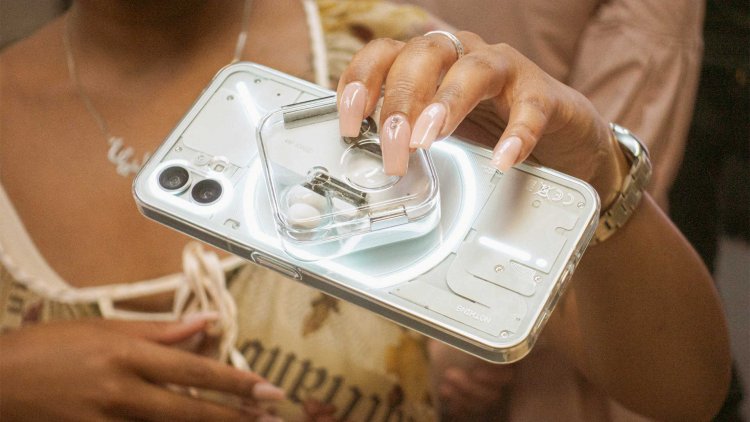The first developer preview of Android 13 is now available: Here's what you'll find inside!
Expect a more gradual transition than the one we witnessed from Android 11 to Android 12.

- The first developer preview of Android 13 was released by Google.
- The appearance is pretty similar to Android 12, but there are additional privacy options, Material You adjustments, and other improvements.
- It's possible to install it on a Pixel, but we wouldn't recommend it for your primary phone.
Although Android 12 may have only recently been released, it's already time to start planning for the future version of the Android operating system. Google has released the first developer preview for Android T, also known as Android 13!
The upgrade from Android 11 to Android 12 was a significant one. With the introduction of the Material You design language, Google completely overhauled the look of Android. However, it doesn't appear that Google is planning such a significant change as we move away from Android 12. Instead, it looks like Google is preserving the overall design of Android 12 but adding new functions to it.
Best gaming laptops for you in 2022: Best Budget Gaming
Don't let this fool you into thinking Android 13 won't have anything exciting to offer. There are a number of great new features onboard even in this first development edition.
You may install this initial developer preview right now if you have a Pixel 4 or later. This version, however, will almost probably be plagued by bugs and other issues. As a result, we don't recommend installing it on a device you use every day.
Thankfully, it appears that you won't have to wait quite as long for Android 13 as you did for Android 12. The official release schedule may be seen here.
Best Curved Gaming Monitor 2022: For More Screen Space
New Android 13 privacy features
For Google, privacy and security are paramount. With each new Android release, Google improves the operating system's security and privacy, giving users more control over the things that matter most to them. Android 13 is no different.
First and foremost, there is a new secure photo picker. The document picker that appears when you share a document with an Android app is fairly safe. It doesn't give the app access to all of your documents; only the ones you choose are accessible. The photo picker, on the other hand, hasn't proven as safe. That, however, is changing in the upcoming Android version. Take a look at it in action below.

The Android 13 photo picker will be built into the operating system itself, making it possible to select photos from both local and online storage across all apps. Even better, you won't need Android 13 to take advantage of this feature: Using the Google Play Store, Google will send this out to all Android 11 and Android 12 phones (with the exception of Android Go-based phones).
Google is also launching a new Wi-Fi authorization. The goal is for the organization to be able to rely less on geographical approvals. Apps that require access to neighboring Wi-Fi devices almost always require location rights as well. The new NEARBY WIFI DEVICES runtime permission provides a new alternative for those apps that don't require unnecessary location access.
Best PS5 gaming headsets for you 2022
Android 13 Developer Preview 1 Eligible Devices
- Google Pixel 6 Pro
- Google Pixel 6
- Google Pixel 5a 5G
- Google Pixel 5
- Google Pixel 4a (5G)
- Google Pixel 4a
- Google Pixel 4 XL
- Google Pixel 4
Best Music Streaming Service 2022: Free Streams to hi-res
Better Material You theming

Material You may like it or dislike it, but you can't deny Google's ambition. The business genuinely wants to make customizing your phone as simple and automatic as possible.
For example, Android 13 now includes auto-theming icons. This will initially only operate on Pixel devices and on apps that have a monochrome icon alternative created by the developer. Google is pushing developers to include this icon type in their apps, as well as collaborating with OEM partners to bring icon-theming to non-Pixels devices.
OnePlus Nord CE 2 Lite Specification Tipped to Include
In any case, the graphics above show how this will function. Icons without theming have distinct hues. The apps, like the rest of the operating system, use a two-tone approach with the accent colour of the icons plucked from the background of your home screen when theming is enabled. When the dark mode is enabled, the icons switch to a two-tone arrangement, resulting in dark mode-friendly variants. Keep in mind that everything is automated!
If you're a lover of Material You (or just theming in general), this is the feature you'll most likely be looking forward to in Android 13.
Best Gaming Chair 2022: Best Budget Gaming Chair the Best
Android 13 Update Timeline

Android 13 DP 1: Miscellaneous

Quick Settings: Developers will now have an easier time informing users about personalized Quick Settings tiles via an optional prompt in apps that provide them.
Languages for individual apps: Bilingual users may like to use one language for their system and another for certain apps. With Android 13, developers can set or get the user's chosen language using a new platform API.
Hyphenation: When text exceeds preset bounds, it is hyphenated automatically. The new version of Android is said to boost the system's performance by 200 percent.
Programmable shaders: Developers will be able to invoke amazing ripple effects, blur, and other animations directly from Android using programmable shaders.
Upgrades to the Google Play system: Known as Project Mainline, this method allows Google to transmit Android updates to any phone, independent of version, manufacturer, or other factors. Android 13 improves on this approach by broadening the project's scope.
TAG Heuer Connected Calibre E4 has a new look
Finally, Google is encouraging developers to consider large screens while developing apps. This may appear insignificant, but with Google asking it and producing Android 12L, it appears that Google is finally interested in Android tablets.



























